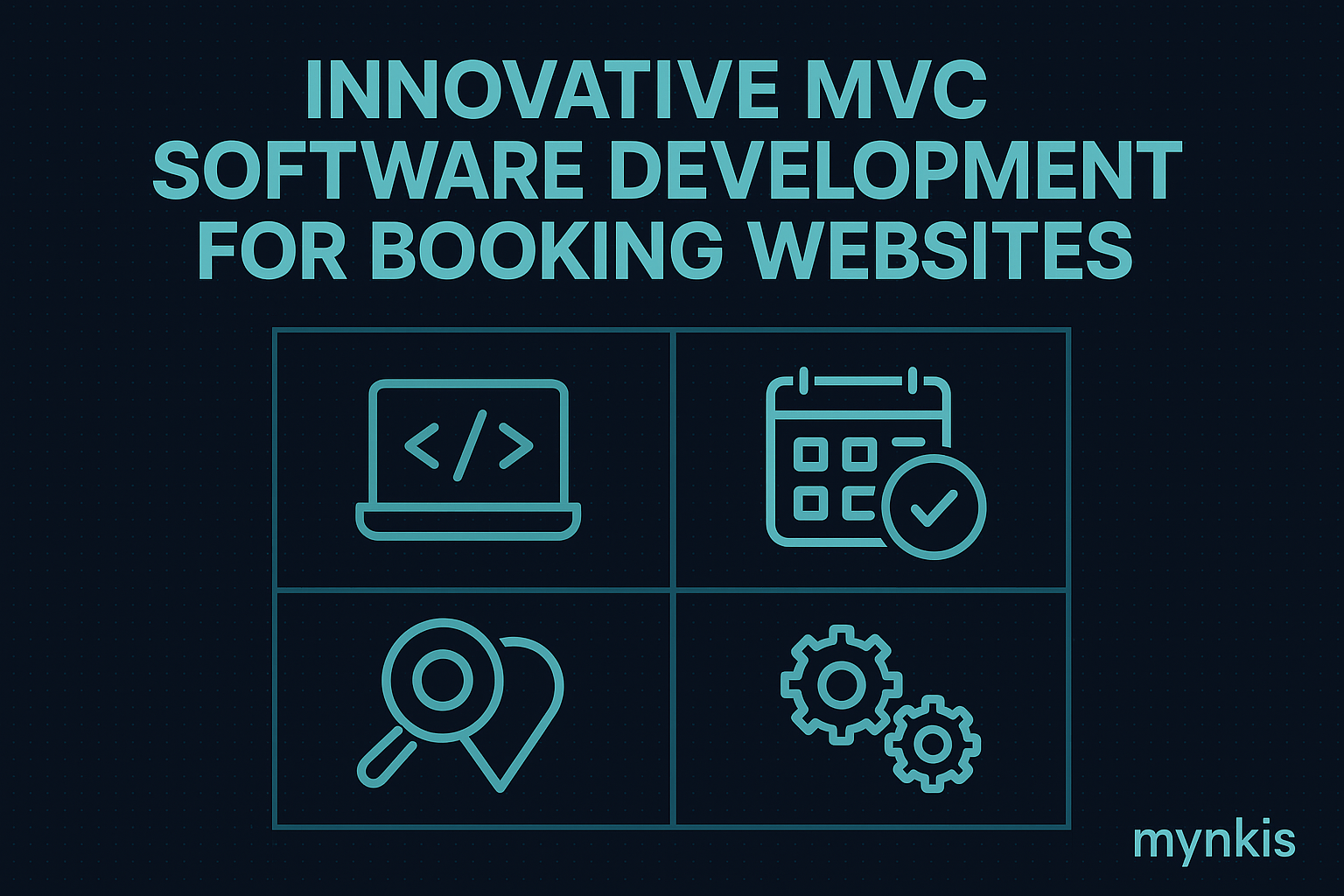Schedule a Demo
The Model-View-Controller (MVC) framework is a powerhouse in modern software architecture. I remember working closely with operations managers aiming to maximize their booking platforms' effectiveness; they always appreciated the clarity and precision that MVC brought to their projects. It's like organizing a bustling shopfloor where everything has its place yet moves fluidly to serve the customer's needs.
So, what exactly is MVC? At its core, it's a design pattern that divides application logic into three interconnected components: the model, the view, and the controller. The model manages the data and business logic, the view presents the data to the user, and the controller handles the input, interpreting what the user wants and passing those requests to the model or view as needed.
Innovative thinking in the context of MVC involves finding creative solutions within this structure. A good example is how Airbnb's developers innovate within the MVC framework to continuously refine their user experience and conversion rates. The key? It's about making incremental adjustments to the model layer to reflect real-time availability or modifying the view layer for clearer, more engaging interfaces.
The controller is equally vital, acting as a conduit for user actions and system responses. Adjusting the logic here to better understand user intent—like refining how a 'book now' function interprets multiple user inputs—can drastically increase conversion rates. This interplay among the three components not only improves usability but also adaptability in a market where user expectations can shift suddenly.
For business owners with booking-enabled websites, the MVC framework offers a scalable structure for innovation. Consider a scenario where your operations manager spots a dip in user engagement. With MVC, you can isolate that issue to specific components. If it's user interaction with the booking form, the problem might lie within the view or controller layers, where adjustments in layout or user feedback mechanisms could enhance the conversion journey.
Here's another scenario. Imagine your competition launches a feature-rich, visually stunning booking experience. Instead of starting from scratch, or worse, implementing a superficial copy, you employ MVC's modularity. Update your model to include the new features, redesign the view to match the aesthetic, and reconfigure the controller to streamline user interaction. The result? A fresh, competitive edge gained with strategic precision.
SEO and user conversion don't just coexist within the MVC ecosystem; they thrive. For example, the model layer can track user behavior to inform SEO strategies, enabling a site to adapt its keywords and content based on real data. This integration can turn SEO from a reactive, tactical element into a proactive, strategic advantage.
In the view layer, designing for conversions means crafting user journeys that subtly guide visitors toward making a booking. Utilizing heatmaps and A/B testing within the MVC framework provides tangible insights into what visual or navigational changes resonate best with users, allowing for data-driven design decisions.
The controller here plays a sophisticated role. It manages not only the flow from user actions to appropriate responses but also the seamless operation of elements like a dynamic search engine sitemap or real-time tracking for SEO metrics. By streamlining these processes, the controller minimizes load times and enhances user experience—a critical factor in both SEO and conversion optimization.
Let’s talk real-world applications. I’ve worked with clients who've revitalized their businesses with strategic MVC implementations. A fitness studio in San Diego used MVC to transform their website into an interactive platform that not only attracted new members but significantly improved booking rates. They revamped their model to track session popularity, redesigned their view to facilitate easy online sign-ups, and optimized their controller for immediate booking confirmations.
Another compelling case was a boutique hotel's deployment of MVC to increase their direct booking share. They cleverly integrated customer reviews into their model, creating dynamic content that adapted their site's view to reflect guest satisfaction. The controller was fine-tuned to streamline the entire booking process, cutting down on third-party channel dependencies and directly boosting their bottom line.
As we move forward, the synergy between the MVC framework and innovative thinking continues to evolve. It’s an exciting time for software developers and businesses alike. In operations management, we often emphasize continuous improvement—a mantra that perfectly aligns with leveraging MVC for both sustained growth and disruptive advancement.
The rise of AI and machine learning within MVC presents new frontiers for innovation. These technologies can be integrated into the model layer to offer predictive analytics or personalized user experiences. Meanwhile, the view could evolve to support immersive and interactive elements like virtual tours or real-time video consultations.
Looking at case studies or academic research like those from Gartner or Forrester drives home how integral innovative techniques are for forward-thinking enterprises. The fact remains, though, that each business situation is unique. So, when employing MVC, it's essential to remember: based on available research and case studies, your results may vary. Tailoring the approach to your specific operational needs is key.
